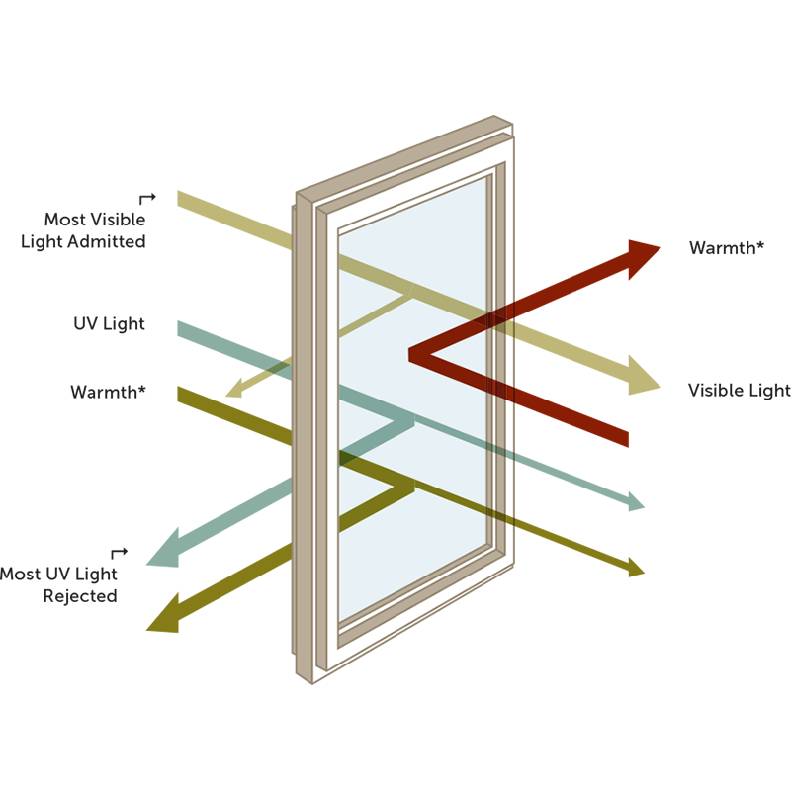

Reflective Glass Colors A Spectrum of Light and Design
Reflective glass, often used in architecture and interior design, serves not only as a functional element but also as an aesthetic one. Its captivating colors and reflective properties can drastically alter the appearance of a space, creating moods, illusions, and a sense of depth. This article explores the various colors of reflective glass, their implications, and how they can transform environments.
The Science of Reflection and Color
Before diving into the specific colors of reflective glass, it’s essential to understand the science behind its reflective properties. Reflective glass is typically coated with a thin metal layer, which allows it to reflect light while still permitting a degree of visibility. Depending on the materials used and the angle of the light, the colors seen can change dramatically, making this type of glass a dynamic choice for design.
Popular Colors in Reflective Glass
1. Silver The classic choice for reflective glass, silver mimics the look of a traditional mirror while offering various degrees of transparency. It reflects a significant amount of light, making it ideal for buildings requiring natural light without compromising privacy. Silver reflective glass can enhance modern architectural designs, giving them a sleek and polished finish.
2. Bronze This rich, warm hue adds a layer of sophistication and elegance. Bronze reflective glass is often used in commercial establishments and high-end residences. Its darker tone can create a dramatic contrast against lighter building materials, providing a robust aesthetic appeal, particularly in urban environments.
3. Blue Blue reflective glass is increasingly popular, especially in coastal areas or buildings looking to invoke a sense of tranquility and calm. The blue tones often reflect the sky, seamlessly blending the structure with its surroundings. This color can create a serene environment, perfect for spaces designed for relaxation, such as spas or hotels.

4. Green A choice that harmonizes with nature, green reflective glass is commonly found in eco-friendly buildings. It evokes feelings of abundance and growth, making it ideal for offices, educational institutions, and wellness centers. Green glass can also filter light in a way that reduces glare while maintaining a pleasant ambiance.
5. Gray A neutral option, gray reflective glass can add a contemporary edge to any design. It is versatile, pairing well with various architectural styles and materials. Gray reflects fewer colors than silver or bronze, making it a suitable choice for professional environments where subtlety and elegance are desired.
6. Black While perhaps not the first color that comes to mind for glass, black reflective glass can add a striking touch to modern buildings. It offers high levels of privacy and absorbs heat, making it a practical choice for urban landscapes. When used correctly, black glass can provide a dramatic visual effect and create a strong presence in architectural designs.
Impacts of Reflective Glass Colors on Design
The choice of reflective glass color goes beyond aesthetics; it significantly impacts the overall design and functionality of a space. For instance, a building clad in blue reflective glass may not only look contemporary but also encourage an atmosphere of tranquility. Similarly, bronze glass can evoke a sense of luxury and sophistication, altering how occupants and visitors perceive the space.
Moreover, reflective glass colors can influence energy efficiency. Lighter colors tend to reflect more sunlight, reducing heat absorption, which can lead to lower energy costs in warmer climates. Conversely, darker reflective glasses may absorb more heat but can offer benefits in insulation during colder months.
Conclusion Embracing Reflective Glass Colors
Choosing the right reflective glass color is a vital aspect of architectural and interior design. Each color offers unique benefits and aesthetics, allowing designers to create spaces that reflect not just physical realities but also emotional experiences. Whether it's the elegance of bronze, the calm of blue, or the modernity of gray, reflective glass can enhance the beauty, functionality, and sustainability of our environments. As technology advances and new colors and coatings emerge, the potential for creative expression using reflective glass will continue to expand, opening up exciting possibilities for the built environment.